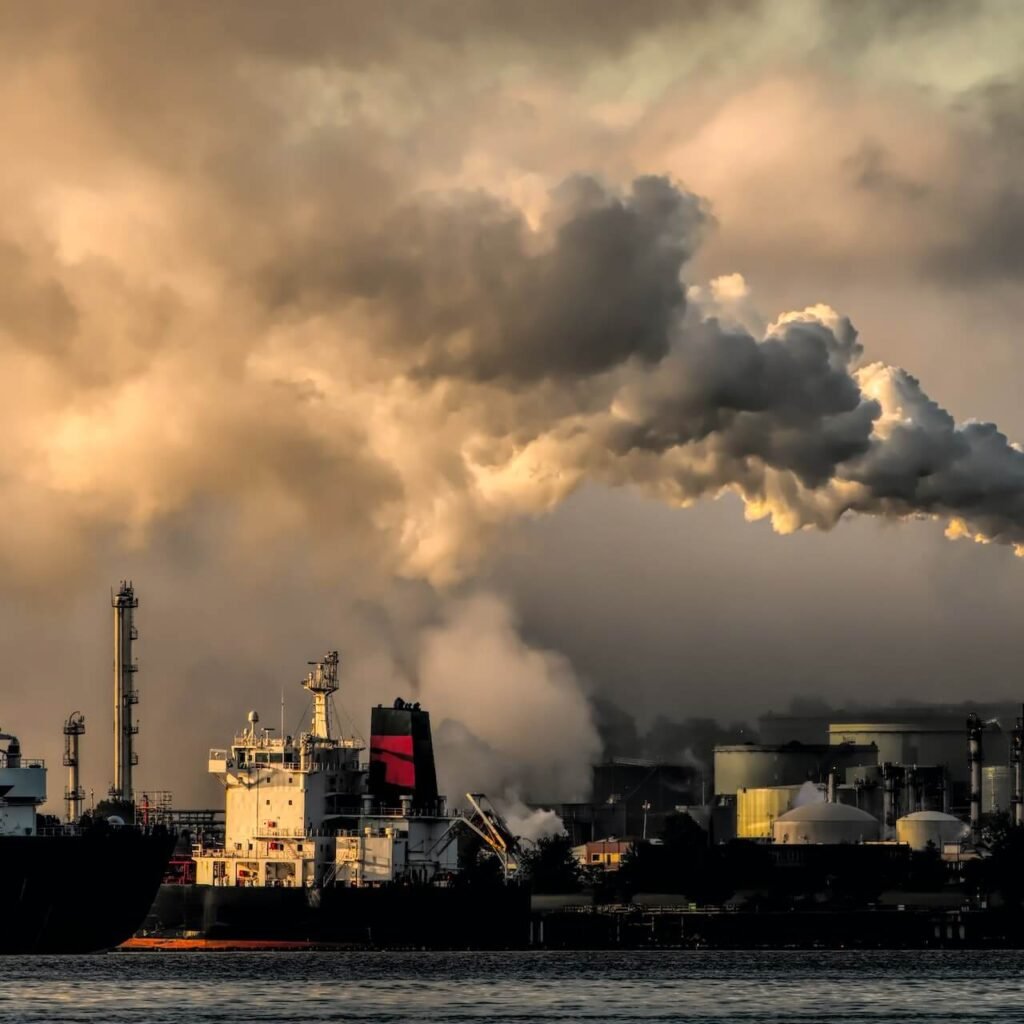
Why fossil fuels are nonrenewable resources? Your Tech Talk
Fossil fuels, explained. Much of the world's energy comes from material formed hundreds of millions of years ago, and there are environmental consequences for it.

Why Are Fossil Fuels Considered A Nonrenewable Resource? Green
Fossil fuels, such as coal, oil, and natural gas, are classified as non-renewable due to their formation process and limited availability. These resources are the result of millions of years of geological processes that transformed organic matter into energy-rich compounds.
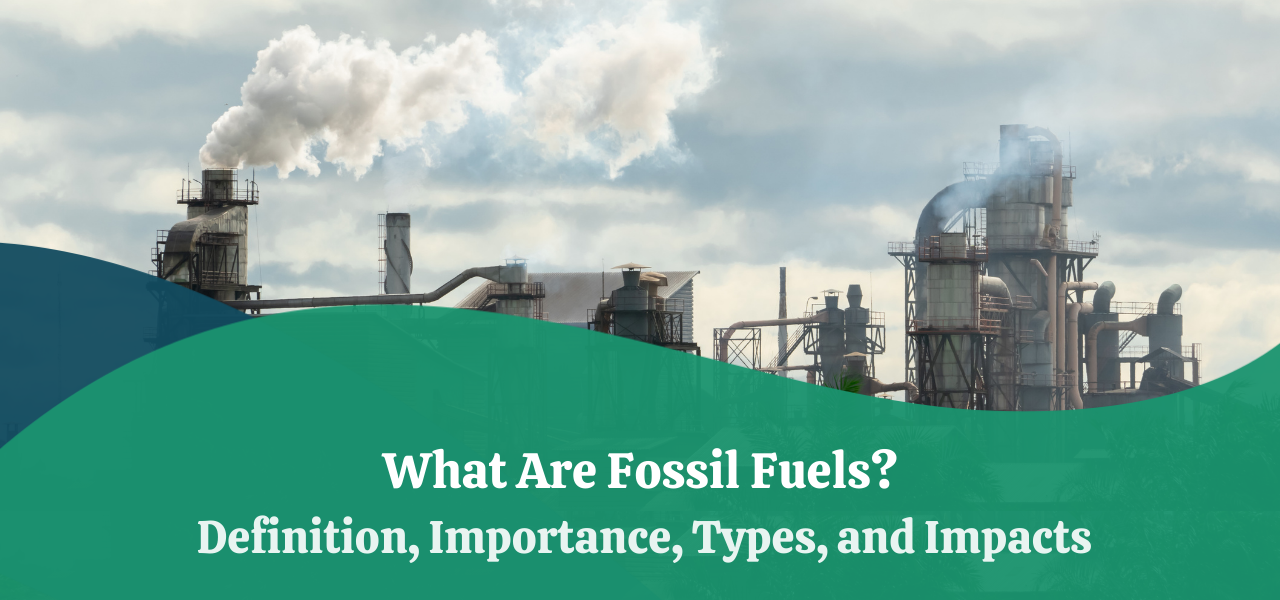
What Are Fossil Fuels? Definition, Importance, Types, & Impacts
Fossil fuels take millions of years to form. For this reason, they are non-renewable. Renewable energy resources include solar, water, wind, biomass, nuclear energy and geothermal power. These resources are usually replaced at the same rate that we use them. Discuss further with Flexi. Ask your own question!
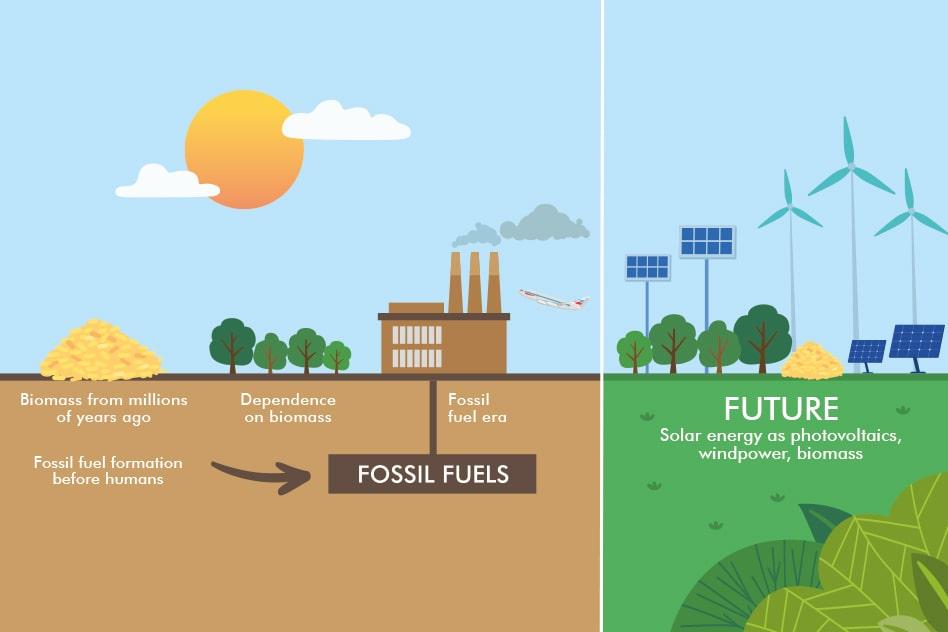
What is Sustainable Energy and Why Do We Need It?
Non-renewable energy sources refer to those resources that cannot be replenished within a human timeframe. They are primarily classified into three major categories are fossil fuels, nuclear energy, and natural gas. Fossil fuels include coal, oil, and natural gas, while nuclear energy derives from the process of nuclear fission.

Fossil Fuel Examples and Uses
Coal emits sulfur dioxide, nitrogen oxide, and mercury, which are linked to acid rain, smog, and health issues. Burning coal emits higher amounts of carbon dioxide per unit of energy than oil or natural gas. Coal accounted for 35% of the United States carbon dioxide emissions released into the Earth's atmosphere in 2010.

Why are Fossils Fuels Considered a Nonrenewable Resource? in 2020
Burning fossil fuels also emits harmful pollutants like sulfur dioxide, ozone, nitrogen oxides and soot, which can cause health problems like asthma, bronchitis and lung cancer. Taking an.
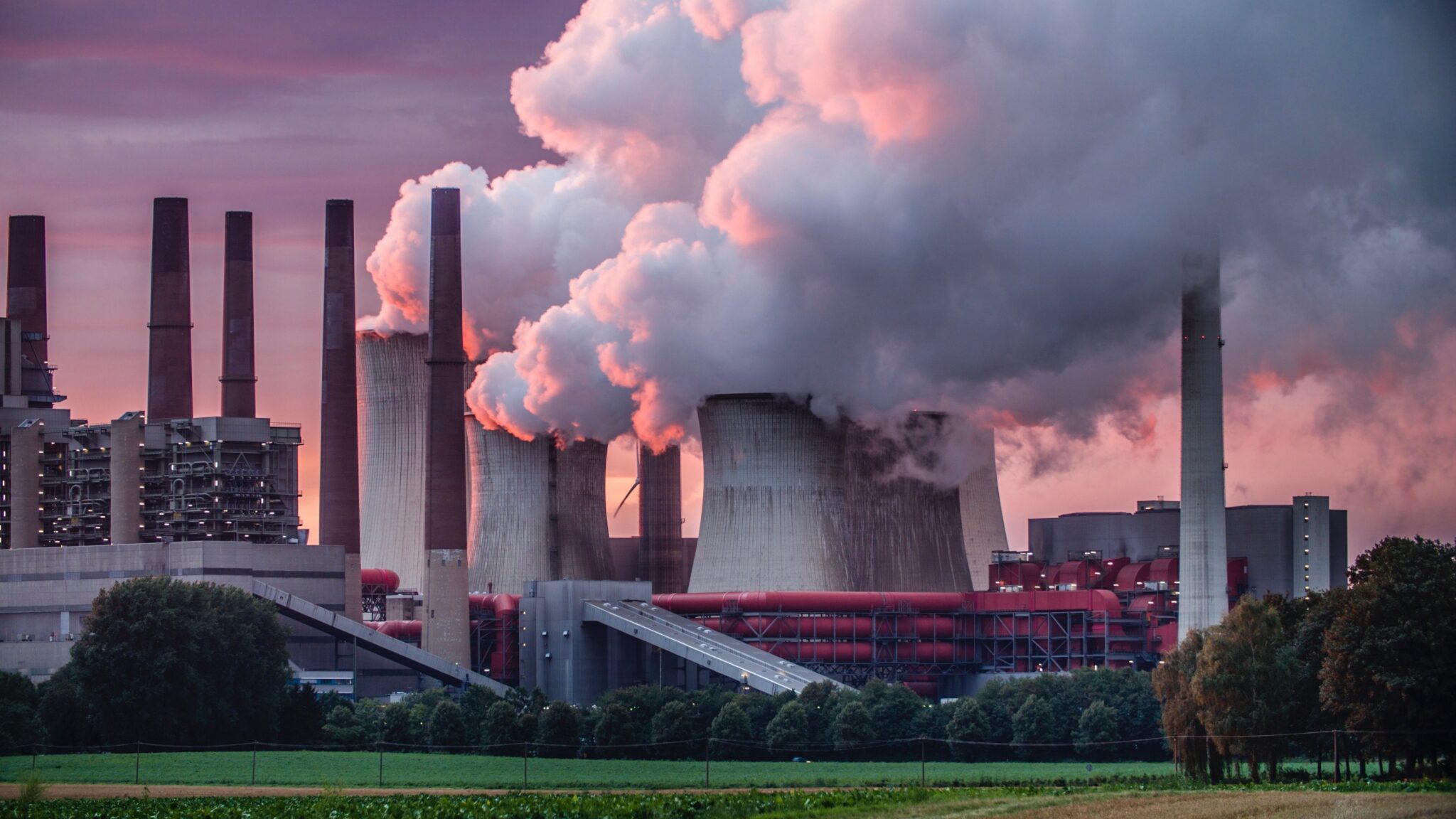
20 Fossil Fuel Companies Are Responsible for a Third of Carbon
All technologies have a role to play in an energy system guided by rational economics. Fossil fuels comprise 80 per cent of current global primary energy demand, and the energy system is the.
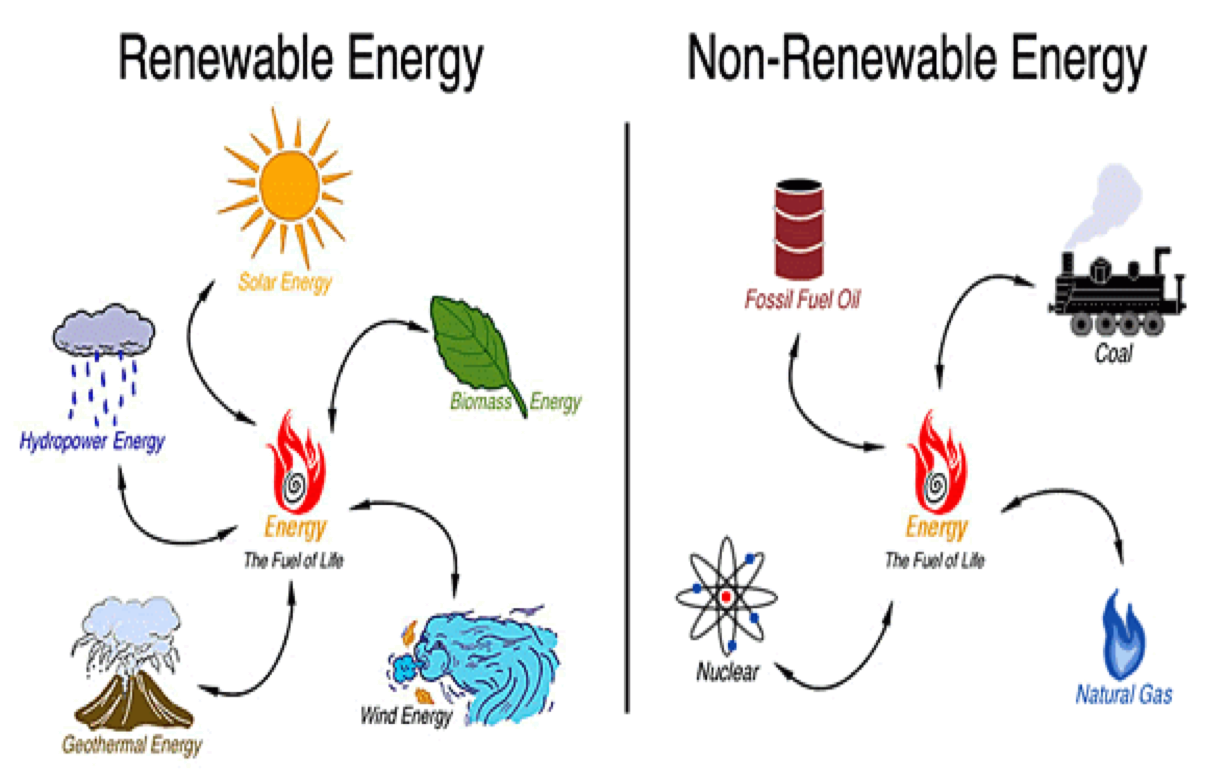
What Are Renewable And Nonrenewable Resources Offer Store, Save 54
The formation of fossil fuels is a key aspect of their nonrenewable nature. This process takes millions of years, starting from the decomposition of organic matter to its conversion into coal, oil, or natural gas. The specific type of fossil fuel formed depends on the original material, the temperature, pressure, and the time involved in the process.

Understanding Why Fossil Fuels are NonRenewable Energy Sources
Fossil fuels are made from decomposing plants and animals. These fuels are found in Earth's crust and contain carbon and hydrogen, which can be burned for energy. Coal, oil, and natural gas are examples of fossil fuels. Coal is a material usually found in sedimentary rock deposits where rock and dead plant and animal matter are piled up in layers. More than 50 percent of a piece of coal's.

Renewable Energy vs Fossil Fuels 5 Essential Facts
Nonrenewable energy comes from sources that will run out or will not be replenished in our lifetimes—or even in many, many lifetimes.. Most nonrenewable energy sources are fossil fuels: coal, petroleum, and natural gas.Carbon is the main element in fossil fuels. For this reason, the time period that fossil fuels formed (about 360-300 million years ago) is called the Carboniferous Period.

Why Are Fossil Fuels NonRenewable Resources? Greentumble
They are nonrenewable because they are made of fossilized wood and cannot be processed biologically. The only way to replenish these fuels is to dig through the layers of sediment and extract the organic material that was trapped in them. Fossil fuels can only be replenished after millions of years. Therefore, they are harmful to the environment.
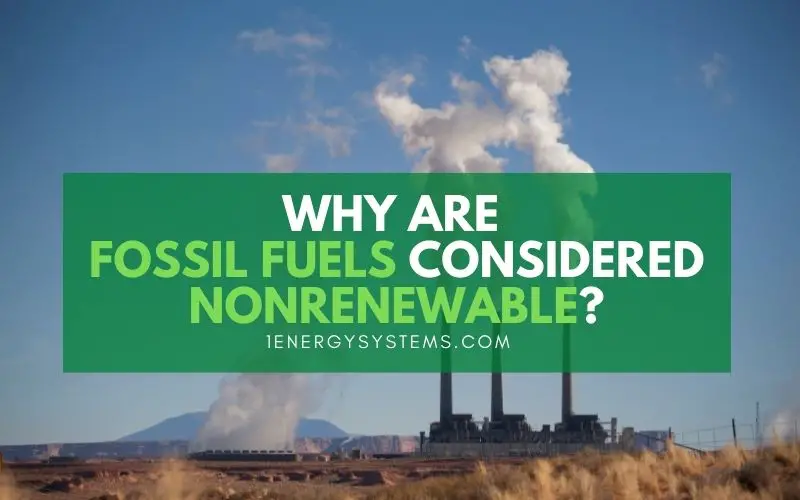
Why Are Fossil Fuels Considered Nonrenewable Resources?
Lesson Summary. Fossil fuels are non-renewable sources of energy that produce environmental damage. Coal, oil, and natural gas are fossil fuels formed from the remains of living organisms. Coal is the largest source of energy for producing electricity. Oil and natural gas are important energy sources for vehicles and electricity generation.
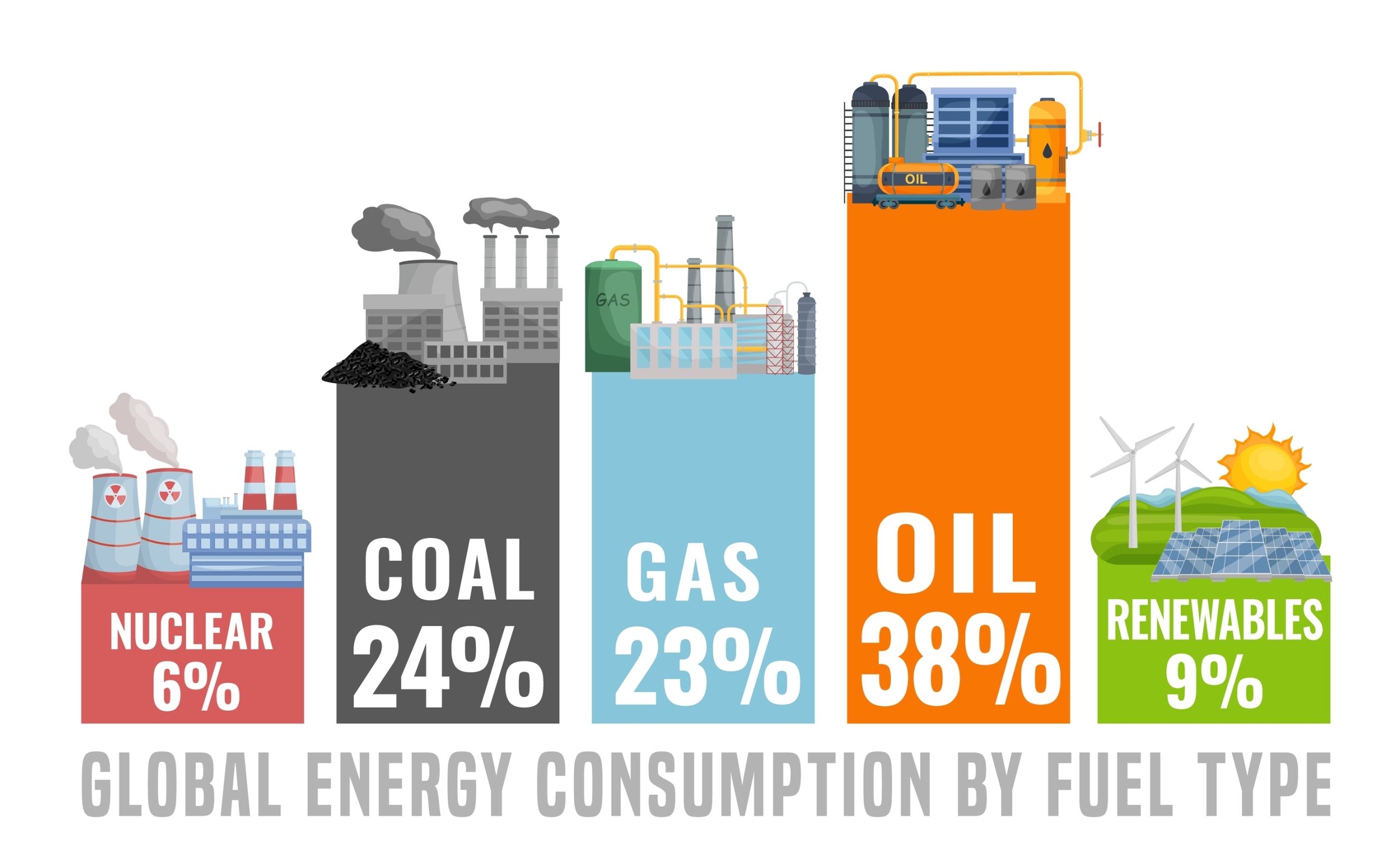
How to Rapidly Reduce Fossil Fuel Use FPIF
So, practically speaking, fossil fuels are non-renewable resources. They are finite and we use them at a rate that very much surpasses how fast nature can produce them. As the example of fossil fuels and the rate at which they can be produced illustrates, renewability can be somewhat of a relevant concept. Whether something is renewable or not.

Alternatives to fossil fuels advantages and disadvantages. 18
This means that nonrenewable resources are limited in supply and cannot be used sustainably. There are four major types of nonrenewable resources: oil, natural gas, coal, and nuclear energy. Oil, natural gas, and coal are collectively called fossil fuels. Fossil fuels were formed within the Earth from dead plants and animals over millions of.

Solar Energy vs Fossil Fuels Why It's Time to Make the Switch
Fossil fuel is a very reliable energy resource but the fact is that it can only be used once. It is therefore a non-renewable energy resource. This is because it will probably take millions of years and a specific climate to form these fossil fuels again. We cannot unfortunately synthetically form fossil fuels; neither can we recycle them like.

Why are Fossil Fuels Considered Nonrenewable Resources? An
What are fossil fuels? How were they formed? Learn how human use of non-renewable energy sources, such as coal, oil, and natural gas, affect climate change.